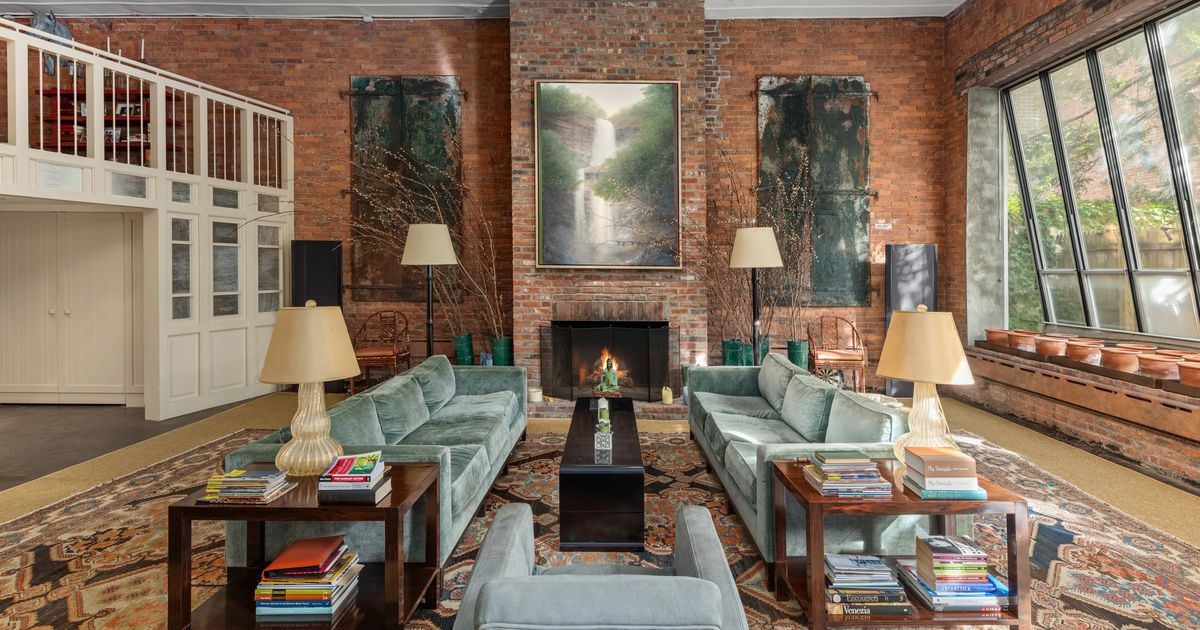
"When the late writer Mary Cantwell bought at 72 Horatio Street in the early 1980s, the neighborhood was still gentrifying, located on the edge of the Meatpacking District on a block she associated with what she called "the garbage pier," where the city unloaded its trash. Coming home late, she'd grip her keys and avoid eye contact with prostitutes, as she wrote in her 1995 memoir."
"By day, the area was home to workers in "bloodstained coats." Pastis hadn't yet arrived, and the Whitney wasn't a thing. Neither were the luxury shops on Gansevoort. Buying wasn't just a bet on the neighborhood; it was a bet that she could live in an apartment she had seen only in a half-built state, when "oil stains had sunk into the cement floor and iron shutters were closed over its tall windows.""
"The four-story building had last been a garage. It was built in 1907 as a stable for horses. There was a handsome brick façade with arches over the windows and a stone horse head on the second floor. The developer Mark Blau bought the place in 1979, carving the floors up to fit two apartments each and making 72 Horatio a calling card for his career converting industrial buildings downtown."
Mary Cantwell bought an apartment at 72 Horatio Street in the early 1980s when the Meatpacking District was still gentrifying, with trash piers, prostitutes on the streets, and workers in stained coats by day. She selected a back ground-floor unit in a four-story building that began as a 1907 horse stable and later served as a garage. Developer Mark Blau converted the structure in 1979 into co-op apartments with fireplaces, exposed brick, original beams or columns, and high ceilings. The chosen unit offered quiet, views of Jane Street backyards, ground-floor accessibility for aging, and a spacious, "limitless" feel. Cantwell had a long career at Mademoiselle, authored books, held a role on the Times editorial board, and the apartment was sold by her estate after her death.
Read at Curbed
Unable to calculate read time
Collection
[
|
...
]